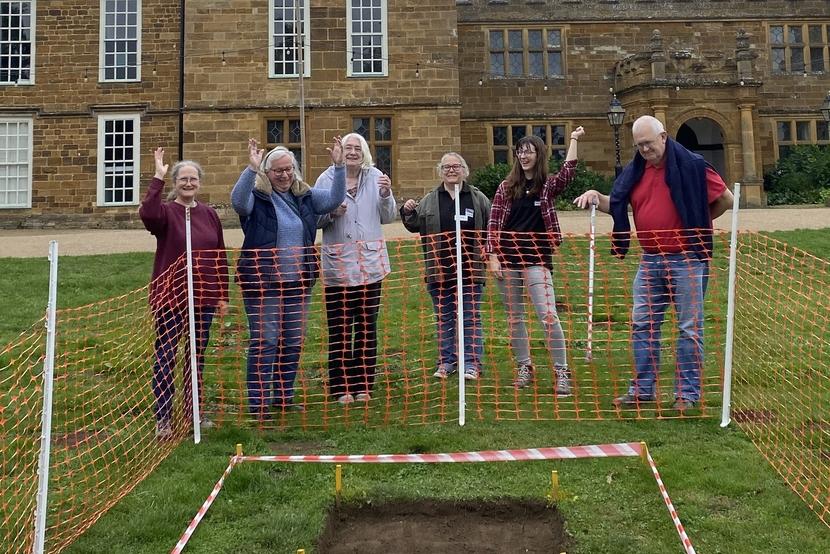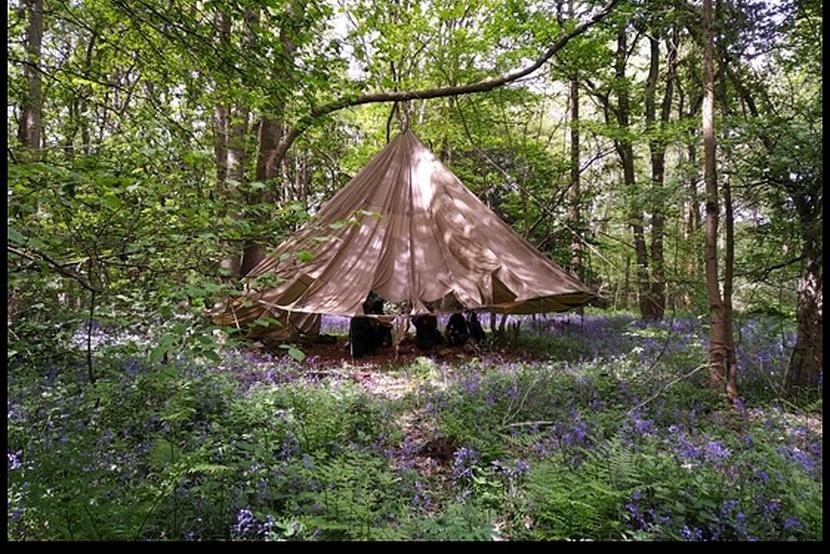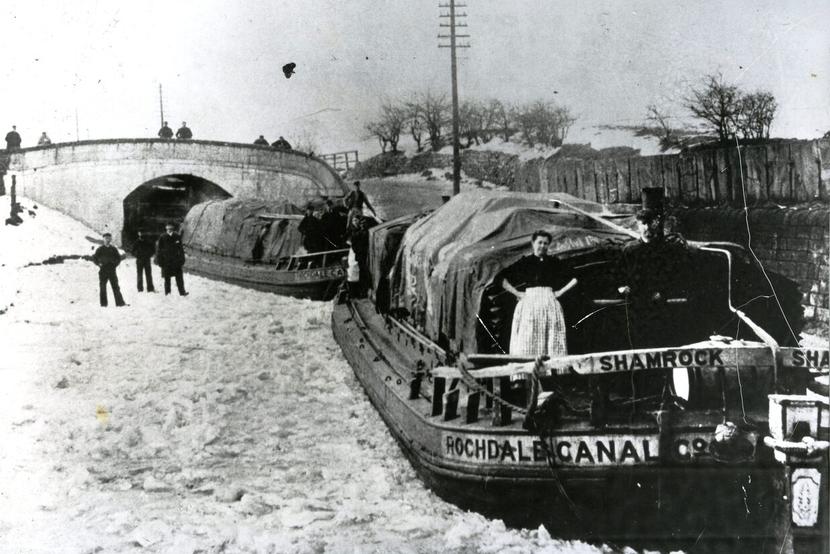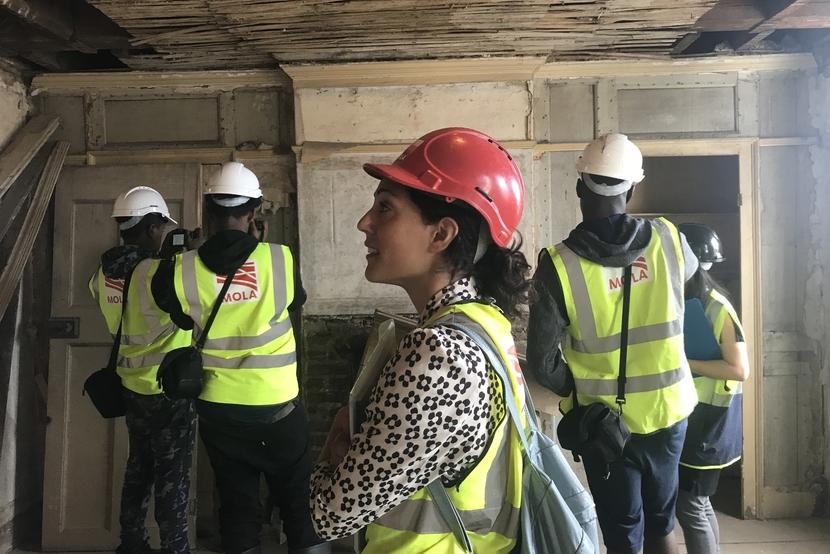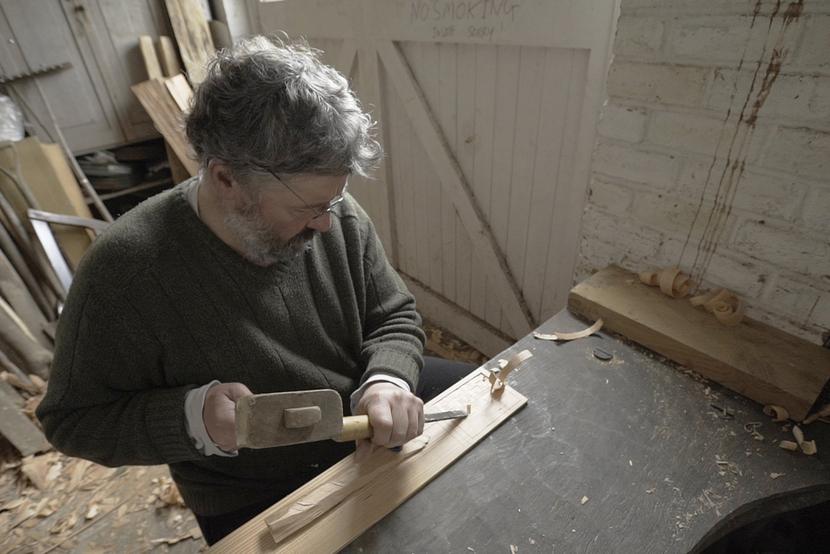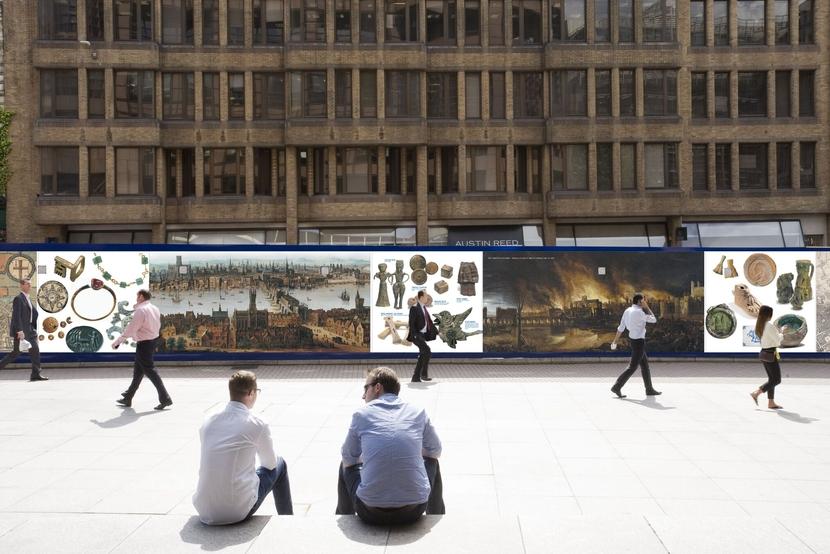Find out more
How do I apply?
Applications are a two-stage process.
First Round:
MOLA staff submit a simple project outline to the selection panel. This includes information on the staff and partners involved, project timings, and a summary of the proposed impact. Shortlisted applications move on to the second round.
Second round:
A more detailed proposal is completed by the MOLA lead applicant. Here applicants elaborate on their impact proposals, summarise the beneficiaries of the project, its ethical implications, and provide a detailed budget for both MOLA and external partners.
IAA Objectives
The IAA grants must align with at least one of the three objectives
- To widen the diversity of archaeological partnerships and grow archaeological audiences beyond our traditional demographic
- To increase the impacts of archaeology in a way that allows us to track tangible outcomes on humans and the environment
- To develop archaeology as a field of specialism known more widely in the public eye for its cultural and thought leadership and its authority in shaping social, environmental, and planning policy
IAA Criteria
The IAA grants must meet one or more of the five criteria:
Criteria 1. Use of MOLA’s (including former L – P) projects as ‘fail-fast’ laboratory spaces to develop and test new impact-related ideas, methods and technologies.
Criteria 2. Partnership with clients that might normally be risk-averse but are willing to test the possibility of achieving more impact through their projects.
Criteria 3. Partnership with unusual and unexpected businesses, organisations, or professionals whose expertise is underexplored in terms of its relevance to archaeology – eg. chefs, comedians, gardeners, aestheticians, interior designers, fashion, costume, or other designers, tradespeople, inventors, DJs, dancers, composers & musicians, etc.
Criteria 4. Co-designing projects with groups that are traditionally underserved by archaeology, those that are politically, economically or socially disadvantaged or excluded, especially young adults under 25 (the most diverse generation, many struggling with employment) and primary speakers of the most spoken languages around MOLA’s sites after English: Bengali, Turkish, Arabic, Punjabi and Polish.
Criteria 5. Use of MOLA’s archives or the reuse of data from MOLA projects (as opposed to the recording and capturing of new archaeological data). Note that MOLA projects include former L – P projects.
